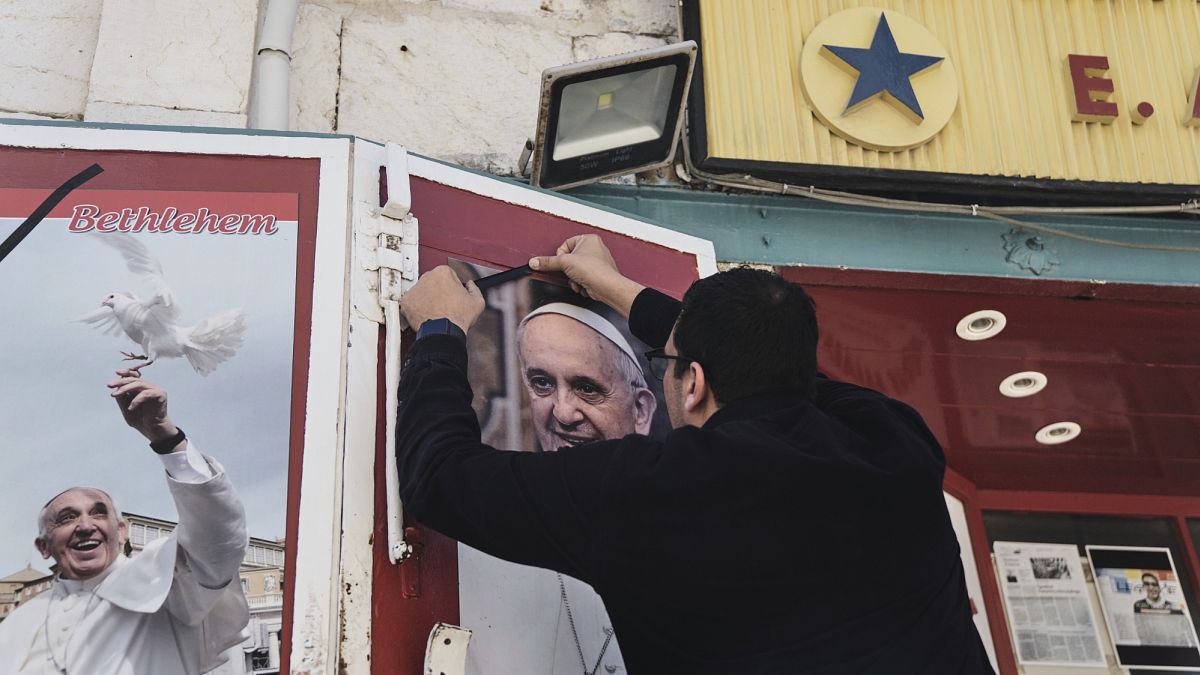The Rich History and Traditions of Cricket

This might shock North Americans and Continental Europe, but cricket is the second most popular sport in the world. For those in India, Pakistan, England, and Australia, however, this fact won’t come as a surprise. While it’s true that cricket isn’t the most fast-paced or physically demanding sport, it demands exceptional hand-eye coordination, concentration, and agility—not to mention the tactical thinking and teamwork required to win. In many societies, cricket has a deeper significance beyond the game, often representing national pride and cultural identity. These qualities are what make it even more beloved.
Unfamiliar with cricket or already a fan but want to learn more about this fascinating sport? In this article, we’ll explore the history and traditions of the game.
Where Did Cricket Begin?
While football, the world’s most popular sport, boasts approximately 3.5 billion fans, cricket isn’t far behind with 2.5 billion. To put it in perspective, that’s roughly 31% of the global population. Naturally, this incredible appeal makes it a favourite in the ever-convenient gambling world. While there are many ways to gamble online, like poker and the Sweet Bonanza 1000 demo at casinos.com, placing wagers is often the top choice among sports fans. And cricket is certainly one of those sports that people love to bet on.
But before cricket had such an esteemed reputation, it had humble beginnings. One day in the 13th century, a couple of country boys in England bowled at a sheep pen’s hurdle gate, and the rest is history. Over time, the game evolved, and the hurdle gate’s design became the basis for wicket design. ‘Bats’ made out of branches eventually became straight bats whose construction led to the creation of different techniques like driving and cutting.
Like any sport, cricket began to take shape through official games. The first 11-a-side match was likely played in Sussex in 1697, and the first recorded intercounty match was played between Kent and Surrey. While cricket was confined to England’s southern counties for a long time, the game finally spread to London in 1744. With more exposure came the refinement of rules, the development of cricket clubs and grounds, and the rise of organized competition.
Cricket Takes Over the World
Despite being around for centuries, cricket didn’t reach the other parts of the world until the 18th and 19th centuries. This was a time when the British Empire was rapidly expanding, colonizing a number of territories across the globe. Soldiers, British officials, and traders were travelling around to establish their rule, indirectly and directly transferring their traditions and customs, such as British education systems, railway networks, and, of course, cricket.
At this point, cricket was no longer merely an English tradition. Countries such as the West Indies, South Africa, and India were adopting cricket and making it their own. The game had plenty of time to take root and grow, embedding itself into its respective cultures. And despite British colonial rule coming to an end, cricket remained.
In Pakistan, cricket has turned into an obsession. Iconic players like Imran Khan are considered heroes, and the country sees the sport as a unifying force. Meanwhile, India is home to one of the most lucrative leagues in the world, the Indian Premier League. Australia and England are involved in the Ashes rivalry, one of the most famous rivalries.
Timeless Cricket Traditions
Over generations, many cricket traditions have formed out of cultural influence, necessity, or simply habit. For example, white uniforms became a formal tradition in cricket because players wore white clothing to reflect the sun’s heat. These wonderful rituals are integral to the game, connecting even the newest cricketers to the oldest traditions.
As cricket originated in England, it’s no surprise that one of the most quintessential cricket traditions has to do with tea. Yet the tradition is actually believed to have started in Australia in the late 1880s, while England simply adopted the tradition. Generally called a ‘tea break’, this break is commonly used to interrupt longer games and help players rest and refresh. Today, it’s also become a tradition in countries where tea is already a part of the culture, like India and Sri Lanka.
Cricket has also been referred to as the ‘gentleman’s game’ for quite some time due to its origins as an upper-class sport. Although modern-day cricket can be played by anyone, there’s an unspoken code of etiquette and respect expected during games. As the sport was built on these values, professional cricketers hope to carry them on.
Cricket’s Modern Evolution
Though tradition is important to the game, the sport has transformed with the times, notably in playing styles, competition formats, and technology integration.
For many years, One-Day Internationals and Test matches dominated until the early 2000s, when T20 cricket was introduced. Every sport undergoes an evolution, with changes in rules and formats, but T20 cricket condensed the game into just three hours, which vastly increased the sport’s appeal. Not only was the shorter duration more accessible to viewers and players, but it also meant a faster-paced, more dramatic game that was better for commercialization.
Technology innovations like decision review systems and tracking tools have also made the game more streamlined, eliminating the guesswork that often comes with decision-making. In turn, athletes and fans enjoy a much fairer game that isn’t plagued with human error.
Although cricket has evolved in multiple ways, its rich traditions continue to make the sport what it is.
The post The Rich History and Traditions of Cricket appeared first on Ten Sports TV.
What's Your Reaction?
 Like
0
Like
0
 Dislike
0
Dislike
0
 Love
0
Love
0
 Funny
0
Funny
0
 Angry
0
Angry
0
 Sad
0
Sad
0
 Wow
0
Wow
0





























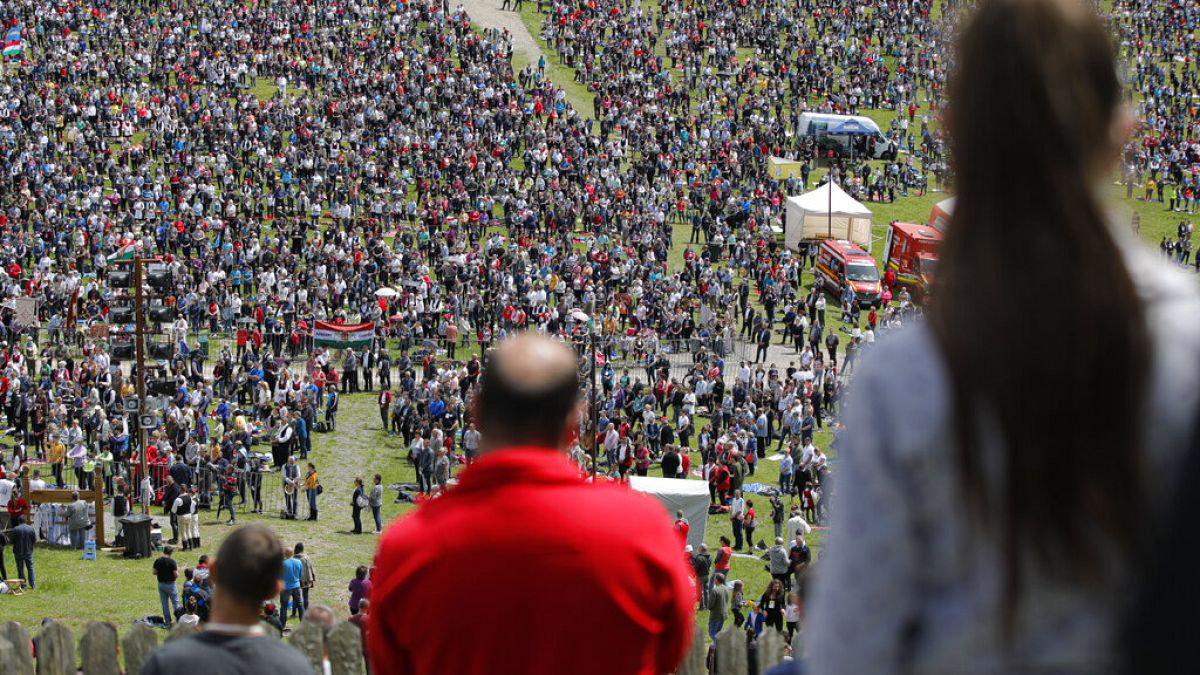






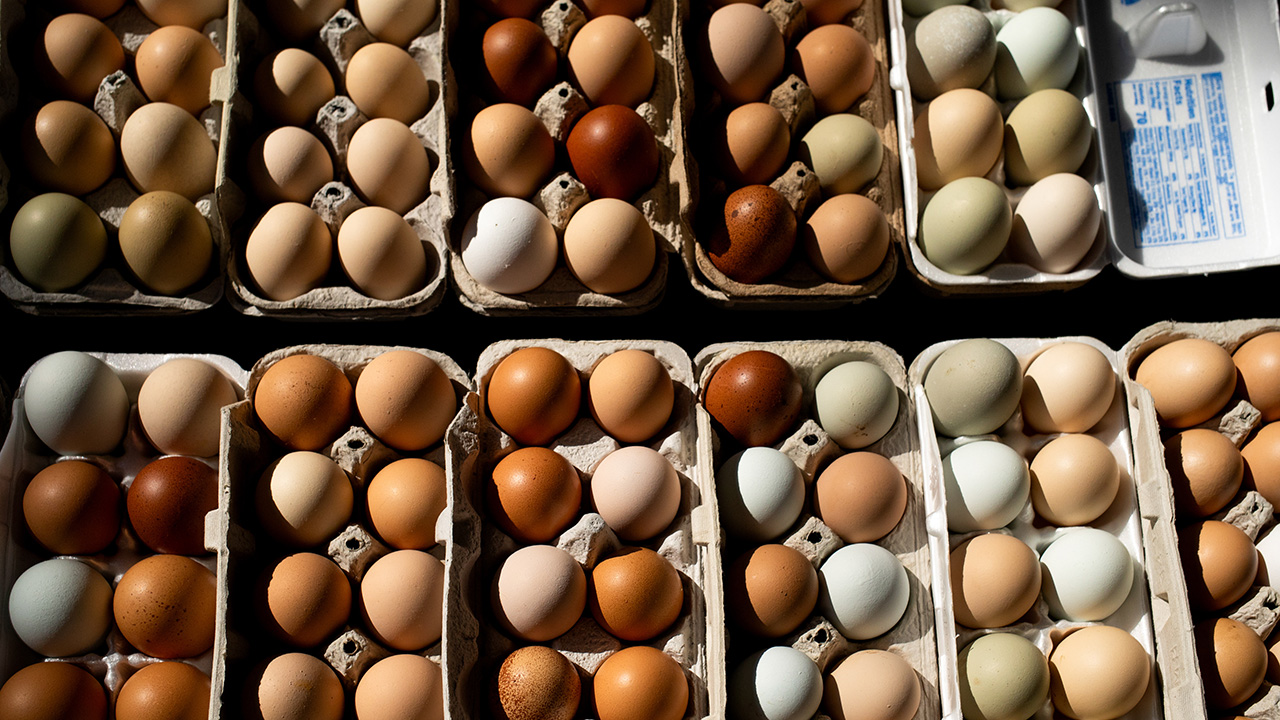






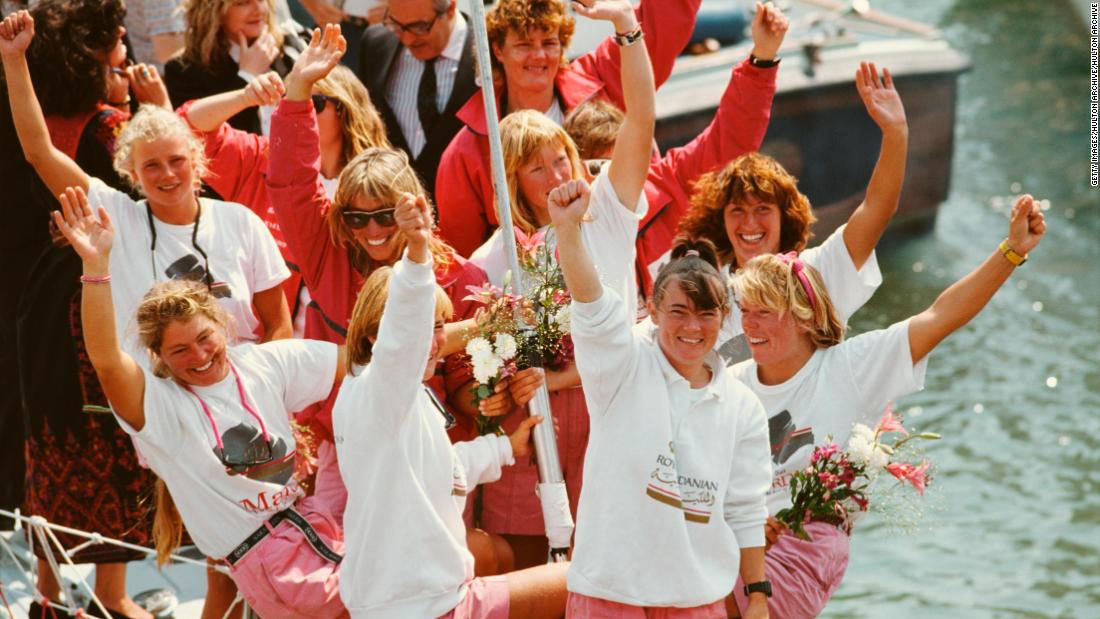

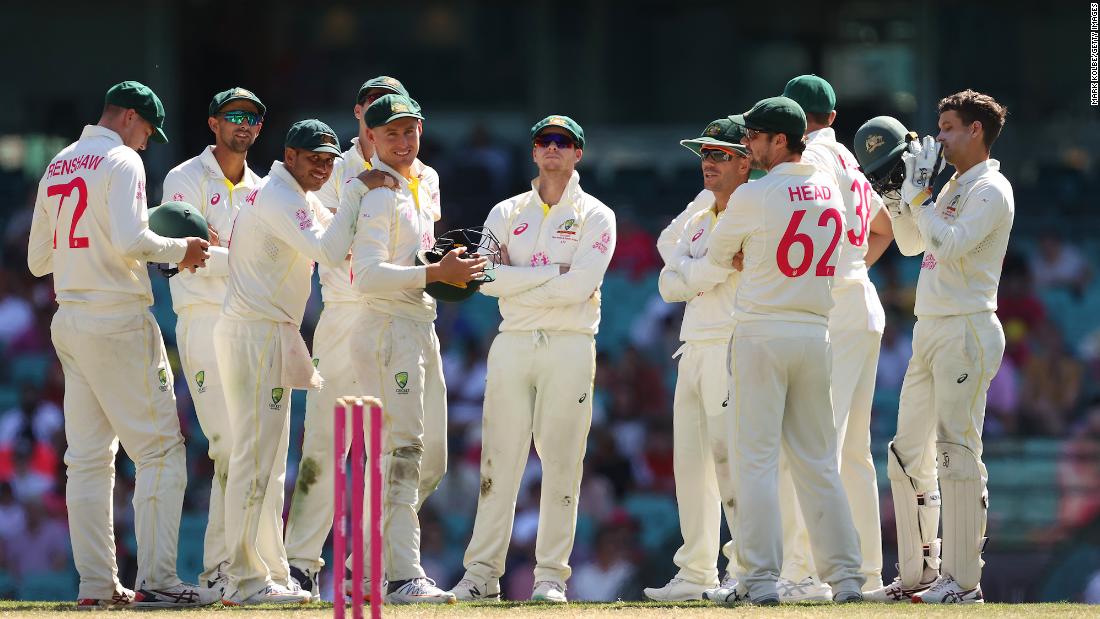
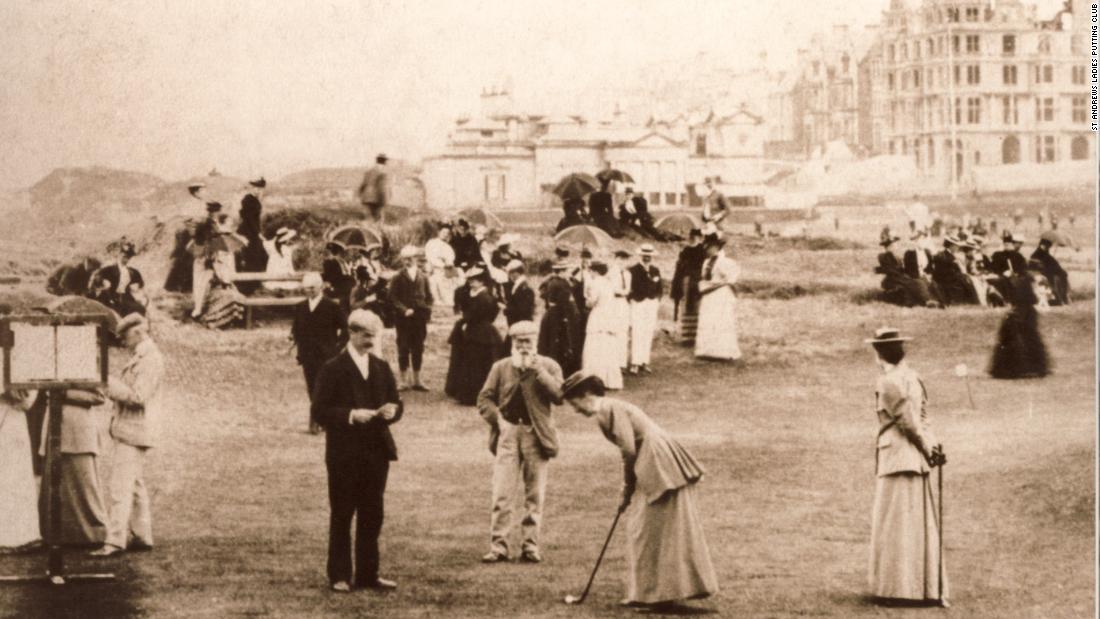


.png?Expires=1838763821&Key-Pair-Id=K2ZIVPTIP2VGHC&Signature=IO0~CT3pU-TcxGc~yoZSmoQx23MZVuK-~4jSii~NKEblRmyO3el7NXPu~Rh1o23voASg7hlcHLw4kvQuDK1jssEhcjoNBBvEpZ~GGOAU6yosBhpHpeF179F~h7i6VxmsBNh9gtTutkoqY73O2YCFey~IAqSzKbBqETP1kP9cAg1916Z1YkJJs-5MliMrkZ5d7-mWGLbpHp2wGj2VlMph8XzYlL4~y1O7fB~JdIS~Rs4RMRs2x0WT1qUIpHAsf3GdwtOyAmKFSpIg8xCyNGZZ5h~13nXlmpd7uPvW8tBfttpG9pFTqcway-uch5WyfHOEfi7UlJCOWrr6fCYY5PMgSg__)







